10 Things To Consider Before Building A Custom PC
While handheld devices afford you portability and easy access, when it comes to packing a punch for the long term, the personal computer is still the one to beat. While you can fall back on (more expensive) shelf-ready desktop systems, there is always the option to build your own personal computer.
It’s not only cheaper, but you can probably get better performance out of your machine, as well as make it unique, like an extension of your personality.
This article is for those in the midst of building (or considering whether or not to build) their own PC. You will want to read this before you go for your shopping spree. In the spirit of DIY, let’s go through some of the concerns you should be looking into when custom-building your own PC.
50 Greatest Computer Workstation (PC/Mac) Setups, Vol. 2
Whether you are working on a Mac, a PC, or both, the way your workstation is set up... Read more
Building A PC
There are plenty of videos out there that will teach you to assemble your own PC. The process lets you get a feel of your machine, and save on labor costs. Plus, it’s also fun to figure out the inner workings of your PC and not depend so much on your know-it-all friends or on tech support.
But when it boils down to the end result, there are a few things you should be considering particular when you are picking out parts to put together.
The basic components you require would be the motherboard, processor, RAM and storage, and the externals: PC case, power supply, monitor and the perpherals (keyboard, mouse, speakers). But you’d probably need more if you will be gaming a lot, or will have to use heavy-duty desktop programs for video editing, design, photography or even programming for the long term.
Here are a few extra things to consider when customizing your PC.
1. Overclocking And Heat Dissipation
Overclocking a processor, graphic card, or RAM makes the component perform faster than the specified settings provided by the manufacturer. Overclockable processors and motherboards are not much more expensive and every dedicated graphic card can (and should) be overclocked.
The catch is: overclocking will release heat, which will wear out components faster. To counter that, you just need to cool your components properly, more on that later.
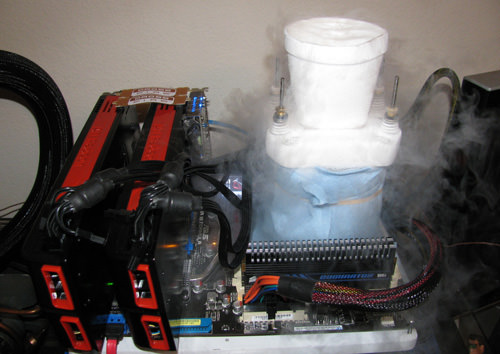
Verdict: Overclocking is not a necessity and you don’t have to add to your budget with expensive RAM or overclockable motherboards and processors if you don’t plan to overclock.
2. Quiet Cooling
Proper cooling can be a contributing factor to the performance and lifespan of your entire PC. You can choose to use air or water to cool your system.
Air-cooling is cheap yet performs well but it is noiser than water-cooling due to the speedy fans. Most processors come with a basic CPU air cooler and fan, but you can switch those out for something bigger with better cooling performance.
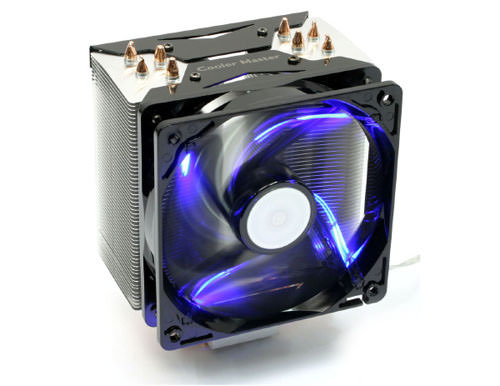
In water-cooling, there are still fans at work but they can run slower and thus are quieter. Water-cooling is also slightly more expensive and particularly so if you assemble a custom loop where you have to route tubing through components, pumps and radiators.
Closed-loop solutions can be mounted, the moment they leave the box, so you can opt for those for convenience.

Verdict: Both air- and water-cooling are great solutions. If you don’t plan to overclock, using the air cooler is sufficient. Alternatively, you can also add more fans throughout your case to cool the system down.
3. RAM-ing for Size and Speed
If you foresee the need to run many applications at one time, you need more RAM to do that smoothly. The sweet spot for RAM capacity is 8GB – it also has the best value to performance ratio most average to hardcore users need.
Note that if you’re running minimal apps while surfing or working on a document, the extra RAM mileage won’t show. Generally, high RAM speed matters more to enthusiats or more hardcore users who overclock.
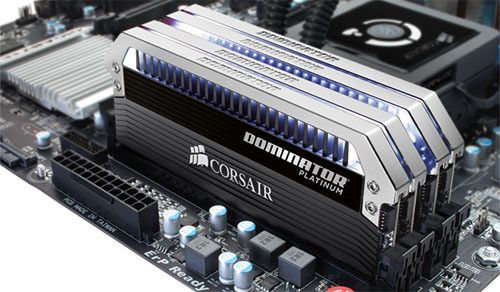
A ‘standard’ speed RAM would be rated for 1600MHz and have a CAS Latency (CL) of 9 – this is more than enough for most users who need not do anything heavier than rendering. Still, it’s best to buy an 8GB kit that includes two 4GB sticks of RAM; 8GB, 1600MHz, CL9 RAM costs $70 – $100.
Verdict: It helps to know what you are building for, to get the best capacity and speed out of your RAM.
4. The Deal With Graphics
If you’ve never dreamt of building a career in gaming and at most will only need to watch YouTube videos, you don’t have to purchase a graphic card. Processors today are equipped with powerful on-board graphics, even allowing smooth gameplay at lower quality graphic settings. But a beastly graphic card will give you better quality and more frames when gaming.
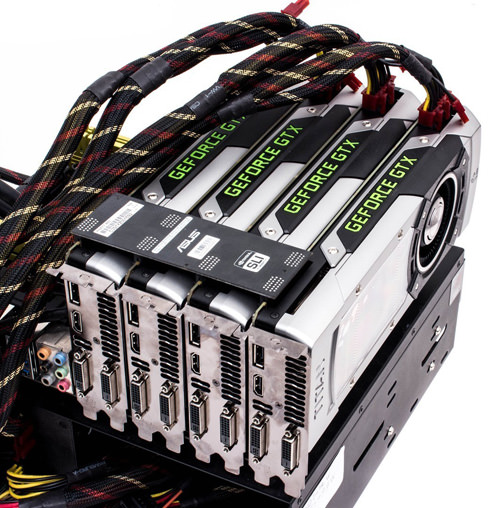
Gamers may know that the NVIDIA GeForce GTX TITAN and the AMD R9-290x are the latest and greatest in the market. The TITAN costs $999 while the R9-290x is launching at the end of October and is supposed to be slightly cheaper. $999 is a whole lot to spend, but if you’re not too fussy with graphics, spending $300-$450 for a GTX 770 or AMD 7970 won’t put your budget in jeopardy.
Verdict: If your budget allows for a beefier graphics card, go for it! Otherwise an upper-mid range one would suffice.
5. Solid State Speeds & Storage
Hard drives today are very affordable and inexpensive, however that isn’t the case for Solid State Drives (SSD). For its higher price, SSDs lets you boot up your machine more quickly, and after a while you would be spoiled with the speed. Read more about this in my previous post on Solid State Drives (SSD) to help you decide.

For items like pictures, movies, documents, and music, you can store them on a hard drive. Hard drives are relatively inexpensive – you can get a 4TB/4000GB hard drive for as low as $169.
Verdict: You can get an SSD for your operating system and core programs you use daily, and a hard drive for everything else.
6. Monitor Size, Resolution & Color
The minimum monitor size and resolution for today’s generation is 22-in, with a 1920×1080 resolution. Monitors with those specifications are so common, they aren’t very expensive anymore. An upgrade from the norm would be 27-in, with 2560×1440 or 4K monitors that have 3840×2160 pixels (priced at $3499).

Another thing worth considering, this time by photographers, designers & video editors, is color calibration and color reproduction of the monitor.
Some of these higher-end monitors are color calibrated out of the factory and/or have deeper black and better color consistency throughout the monitor. DELL’s UltraSharp monitors are a good example, and if you need true colors in your work, you might want to think about investing in one (or two).
Verdict: We can’t help but stare at monitors so it is worth an investment for the long-term. 4K monitors may still prove to be too exclusive and expensive for the most of us. Custom-building a PC of course is about keeping the costs within the budget, so if you find a 27" monitor too big, then opt for a 22" or 24".
7. PC Aesthetics, Design & Size
Bored with the regular casing that makes your computer look like everyone elses? When you customize, you get to choose. We can now go beyond LED strips or fans, and even make it the centerpiece of the room you work or game in. There are also many casing options that come in different sizes and paint jobs. The world is your oyster.
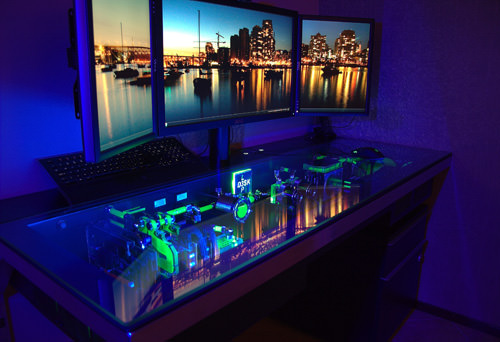
It’s worth noting that the current trend is "going smaller", more precisely the Small Form Factor (SFF) PCs . Don’t judge them by their size as they can still pack a punch. This is due to the advancement in motherboards, allowing zero compromise in its small package.
You might be limited to one (PCIE) expansion slot on an ITX motherboard solely for a graphic card, but that’s essentially all you need.
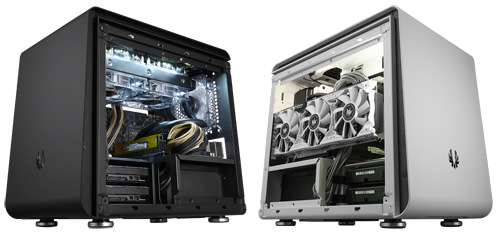
8. USB Peripherals
The rest of the list is far easier to decide on, particular since we have dedicated full articles about them. From a gamer’s perspective, a higher quality mouse and keyboard gives you a greater user experience. Gaming peripherals are built to be durable and look great as well.
Check these out for ideas:
- 15 PC Keyboards With Cool Design
- 30 Awesome Gaming Devices For PC Gamers
- Unconventional Mice You Just Have To See
9. Sound Devices
The quality of on-board sound cards aren’t a let down, but those who have a keen ear for quality audio might consider a sound card together with a great pair of speakers/headphones.
You might want to look into these sound devices:
- Boombot Rex – Small Ultraportable Speaker Packs A Punch
- Tiptop – A Portable, Bluetooth-Enabled Speaker
- 20 Creative Headphone Designs For Audiophiles
10. Power Consumption
Getting a Gold Certified Power Supply Unit (PSU) makes the system more power efficient. If your system is left on most of the day, investing in one can help you save on energy bills in the long run.
A cheaply priced PSU may not be supplying a stable enough electrical current for the components, and may do more harm than good. A Gold PSU, on the other hand, can be pricey, but anything with "rated 80+" on the box is good enough.
Wrap Up
To help you out, here is a great tool to help you virtually put parts together: PCPartPicker. It’ll tell you if the parts are compatible with one another and let you know where you can purchase them.
Although the links are mainly for the US only, it’s a great way to find everything you want and need in a PC without burning a hole in your wallet. Good luck, have fun!